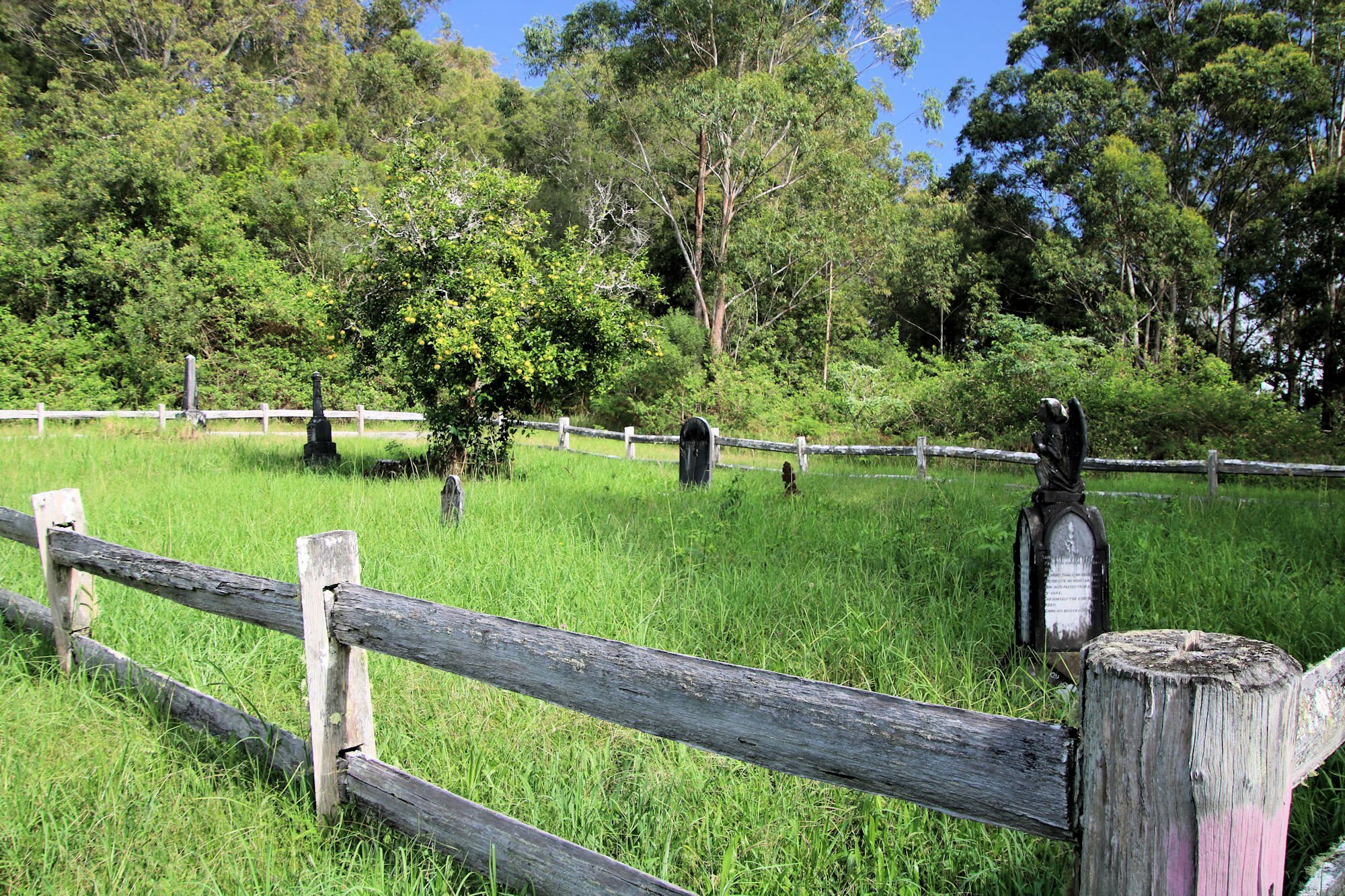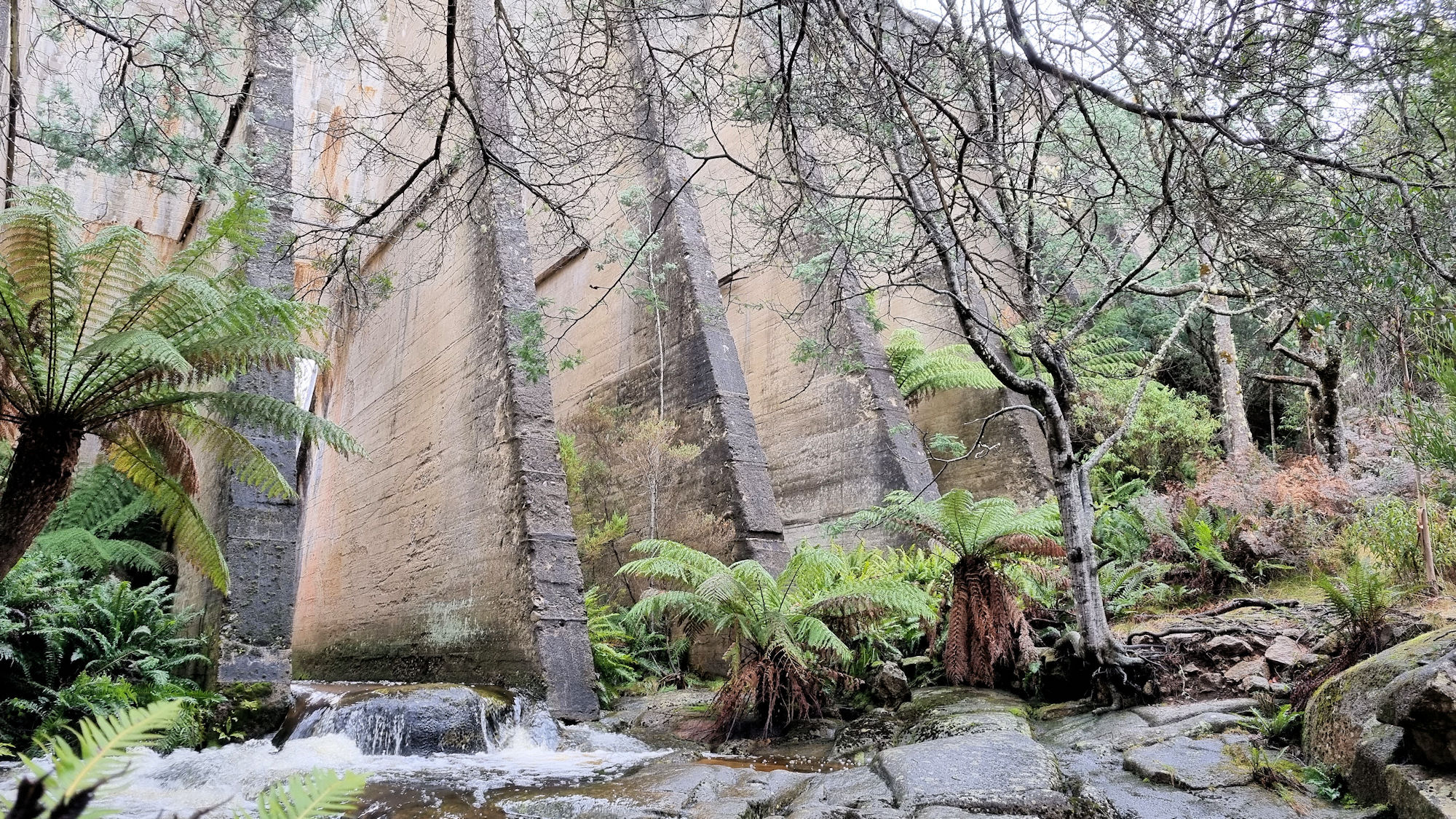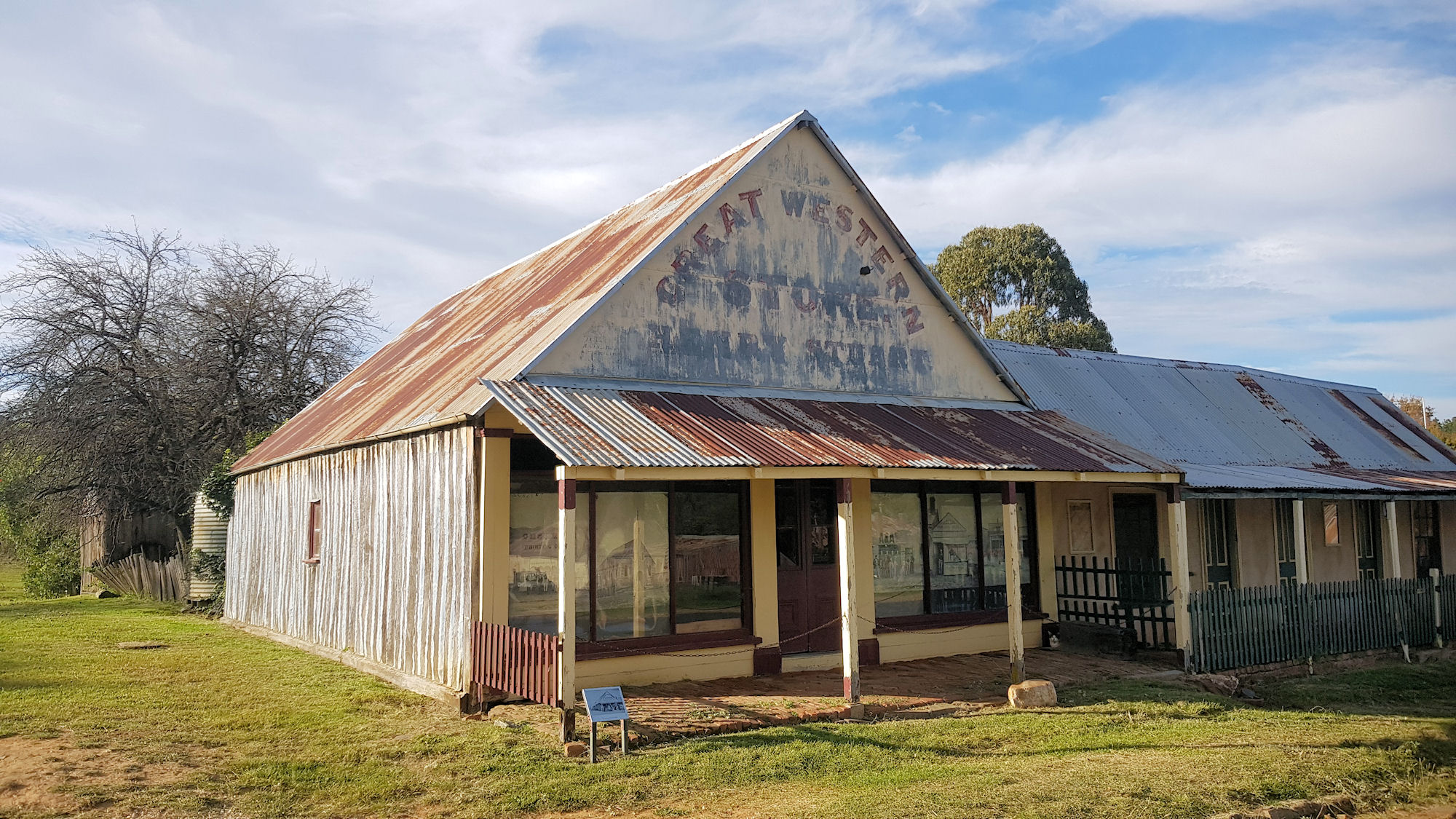Tag: Bushwalking
-
Neranie Cemetery Walk Myall Lakes

Neranie Cemetery Walk Myall Lakes This interesting little walk is not far from Seal Rocks on the New South Wales Mid-North Coast. Around an hour and 45 minutes north of Newcastle, the Neranie Cemetery Walk is a good spot to stop for a break. The sign for the start of the walk is old and… Read more
-
Mount Paris Dam Wall Tasmania

Mount Paris Dam Wall Mount Paris Dam Wall, on the Mt Paris Road, is the only surviving pillar and slab dam in Tasmania. Built across the Cascade River using only shovels and wheelbarrows in 1937, it was originally named the Morning Star Dam. An 11 Km water race connected it with the Mt Paris Mine.… Read more
-
Hill End Historical Gold Mining Town

Hill End A gold rush in the 1870s turned Hill End from a small rural village into one of the largest inland towns in New South Wales. When the boom finished, the town reverted back to a small village, however unlike other boom / bust towns many of the historic buildings remain. Now heritage listed,… Read more